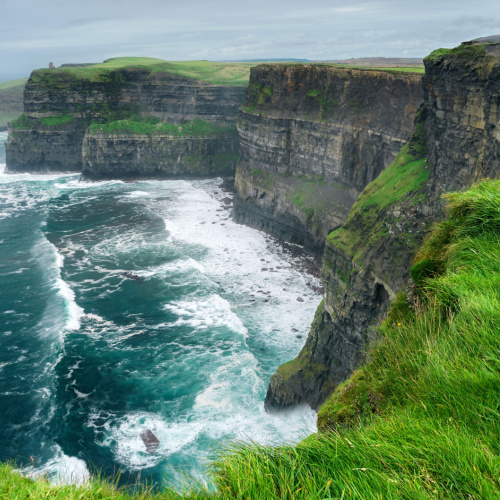Irish summers are generally mild, with temperatures ranging from 15°C to 20°C (59°F to 68°F). This season is characterized by longer days and a mix of sunshine and rain, making it ideal for outdoor activities like hiking, visiting coastal areas, and exploring Ireland's lush countryside and historic sites. While summers can have sunny spells, they are also interspersed with rain showers, and weather can be quite variable.
- All
- Albania
- Amsterdam
- Austria
- Belarus
- Belgium
- Bosnia
- Croatia
- Cyprus
- Denmark
- England
- Finland
- France
- Germany
- Greece
- Greenland
- Hungary
- Iceland
- Ireland
- Israel
- Italy
- Kosovo
- Luxembourg
- Malta
- Monaco
- Norway
- Poland
- Portugal
- Prague
- Romania
- Scandinavia
- Scotland
- Slovenia
- Spain
- Sweden
- Switzerland
- The Netherlands
- Ukraine
- More

Why Visit Ireland?
Ireland, an island nation in Northwestern Europe, is celebrated for its lush landscapes, rich folklore, and captivating history. The capital city, Dublin, is a cultural hub known for its literary heritage and lively atmosphere.
Ireland’s natural beauty is exemplified by its rolling green hills, rugged coastlines, and serene lakes. The country’s history is marked by centuries of Celtic influence, British rule, and a struggle for independence, which is reflected in its cultural traditions, music, and dance. Ireland is renowned for its vibrant pub culture, traditional Irish music, and famous breweries like Guinness.





